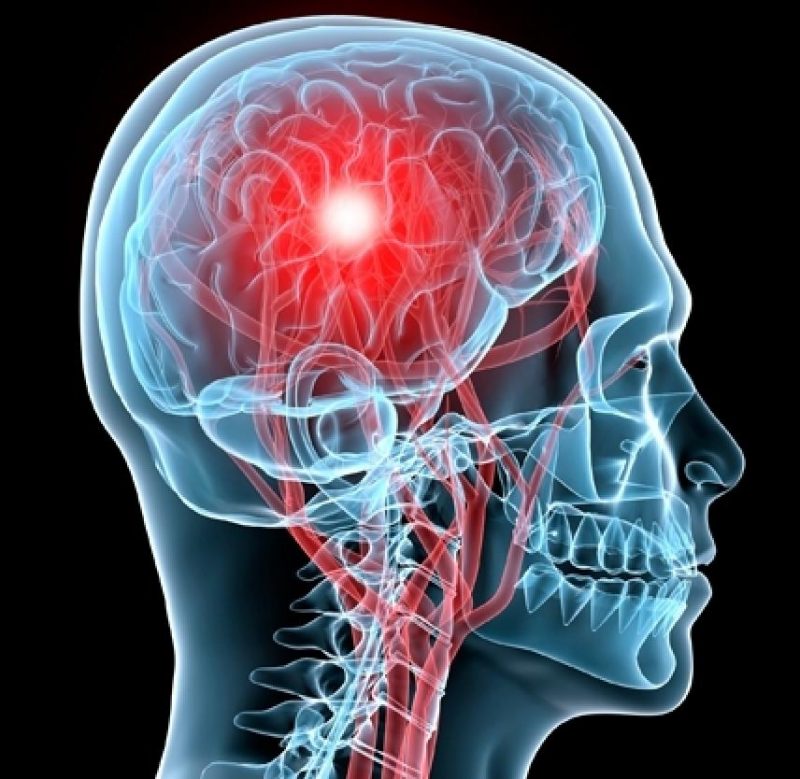Well, this began as a foray into concussions and the damage that is caused behind the scenes. Now as an athlete myself, I understand the danger of concussions and know that proper handling of any type of brain injury is vital to the continued function of that brain as we know it. That’s why the direction my research took me began to scare me. As I looked more into the effects sub-concussive impacts, I began to see more ties and connections to various terminal diseases. At this point in time, to nobody’s surprise, I found CTE as a linked disease associated with this repeated trauma. But what I had not expected was that even “non-traumatic” contacts led to a connection to Alzheimer’s. Alzheimer’s is typically characterized by tau accumulations (which can lead to Neurofibrillary tangles) and β Amyloid plaques.
To skip a lot of nuance, a concussion occurs when axonal damage is inflicted. This axonal damage leads to what is called a “Neurometabolic Cascade”, which causes axons and their function to go haywire. One such issue begins with ion flux in a neuron, and results in the spreading of a depression-like state. There is the beginning of an energy imbalance, and ultimately causes mitochondrial dysfunction, and metabolism changes that are associated with losses in the ability to learn. Of course, these are important, and concussions are typically very closely monitored. What is often overlooked however, is the sub-concussive impacts. These sub-concussive hits will not damage axons, however they will damage the even more fragile microtubules, which in turn releases bits of it’s structural protein, tau. For the most part this tau is soluble, but where the problems occur is under certain situations, the tau can be phosphorylated, and form clumps which are now insoluble. As most could probably guess, this is most commonly seen in boxers. Shocker! However newer research is seeing the changes in tau levels in college athletes as well, and have seen a correlation between tau levels and the return to play time! At 6 hours after the injury, or the SRC (Sports Related Concussion), if an athlete’s plasma tau levels were above the threshold, it was consistent with a >10 day Return To Play protocol, whereas those who were under the threshold had an RTP of 3-5 days. While the biomarkers are monitored it is important to note that the RTP is still symptom based.
Where I am conflicted, is in my belief that this is a good thing for athletes. It is great we are seeing biomarkers, especially those which can be found in blood plasma and gathered relatively un-invasively. But that biomarker we are seeing we know is due to some sort of damage to the brain. Damage that releases a protein we can link directly to Alzheimer’s as well as CTE. While this may lead to an improvement in treatment, it is by no means a method of prevention.
